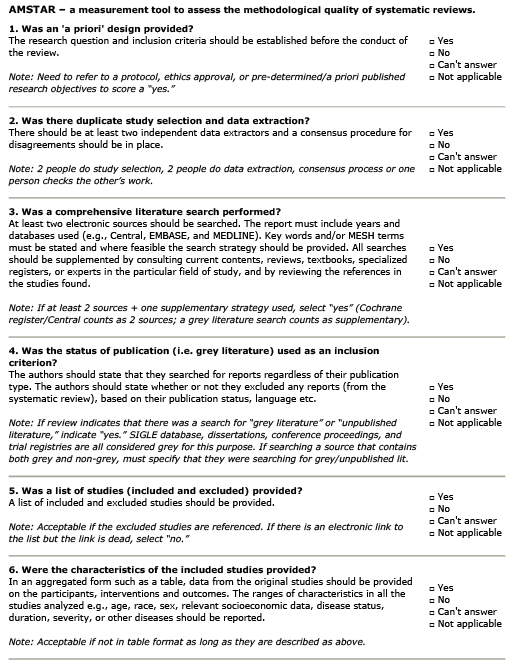What is the evidence for acupuncture in treating rotator cuff issues?
Summary
Patient Population:
No summary of the patient population was provided.
Intervention:
Various acupuncture techniques of the shoulder, outcomes assessed 4 weeks post-procedure.
Comparison:
Acupuncture was compared against both sham procedures as well as no-treatment groups.
Outcome:
- Pain: acupuncture vs. no acupuncture – significant difference in favour of acupuncture (SD=0.51, 95% CI =0.36, 0.67) [note: significant heterogeneity was identified, p<0.001]
- Pain: acupuncture vs. sham acupuncture – significant difference in favour of acupuncture (0.62; 95% CI = 0.46, 0.77; no significant heterogeneity, 3 studies included).
- Pain: sham acupuncture vs. no treatment – significant difference in favour of sham acupuncture (ES=0.33, 95% CI 0.20,0.56).
Guideline Recommendations
| Source | Recommendation |
|---|---|
| AAOS, 2010 | N/A |
| ACOEM, 2011 | Level C Support |
| AOTA, 2009 | N/A |
Outcomes Assessed
- Benefit
- Harm
- Inconclusive
Acupuncture vs. No Acupuncture
Pain
Acupuncture vs. Sham Acupuncture
Pain
Sham Acupuncture vs. No Acupuncture
Pain
Relevant Clinical Info
Vas, et al. “Single-point acupuncture and physiotherapy for the treatment of painful shoulder: a multicentre randomized controlled trial”, Rheumatology 2008;47:887–893
– 425 patients with subacromial pain syndrome were randomized to receive once per week acupuncture or mock TENS for a total of three weeks. Both groups received 15 sessions of physiotherapy. The acupuncture group had a small but significant improvement in shoulder function and by the end of the treatment, 53% of the patients in the acupuncture group had decreased their consumption of analgesics, compared with a corresponding 30% among the control group.




